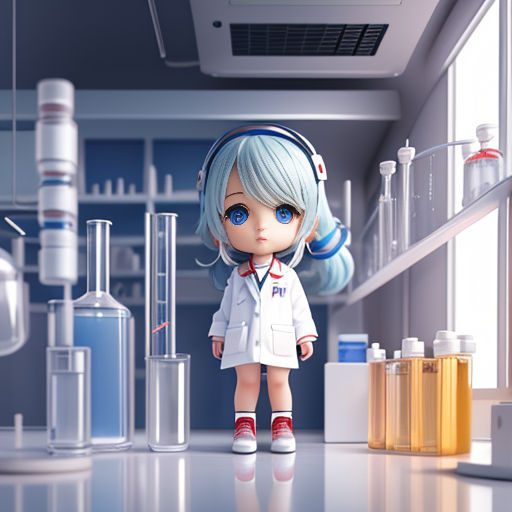
The Healing Code
By Iker Sosa Medina

04 Aug, 2023

Medical advancements have seen tremendous progress in recent years. As of March 2018, numerous diseases that once had no cure now have effective treatments, and in some cases cures.

Hepatitis C, a liver disease caused by a virus, was once a lifelong condition. With the development of new antiviral drugs, it's now possible to cure most people with the disease.
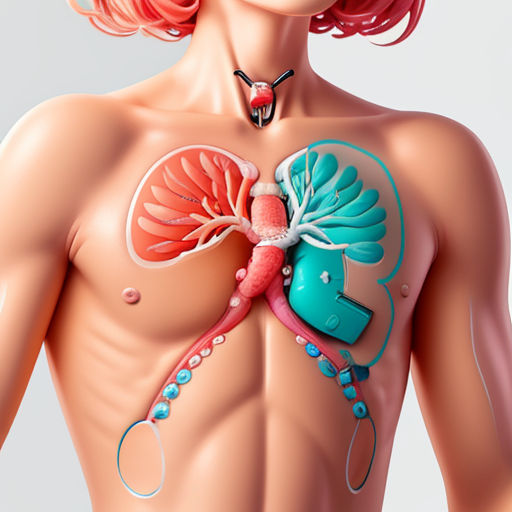
Tuberculosis, caused by a bacteria that attacks the lungs, can now be cured with a 6-9 months regimen of antibiotics. However, the treatment's effectiveness depends on patient compliance.

HIV, once a death sentence, has transformed into a chronic manageable disease thanks to antiretroviral therapy (ART). Although not a cure, ART allows people with HIV to live long, healthy lives.
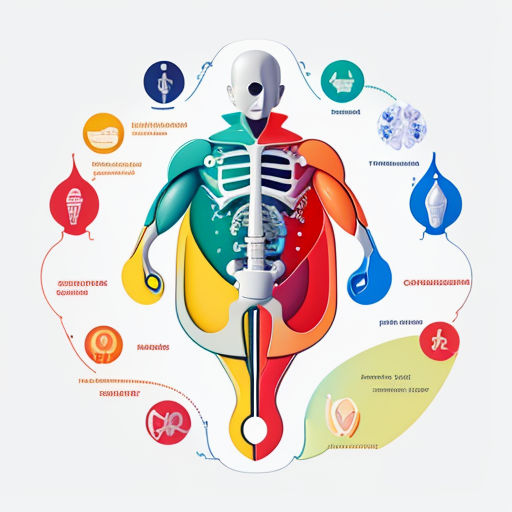
Leukemia, a type of cancer that was once fatal, can now be cured in many cases. Treatments like bone marrow transplants, chemotherapy, radiation therapy and targeted therapy have improved survival rates.
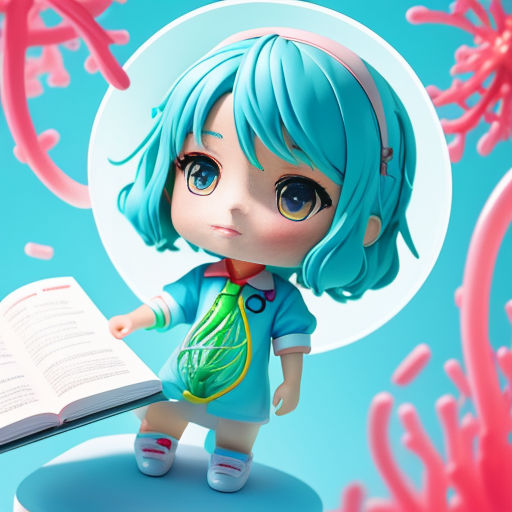
Lymphoma, another type of cancer that affects the lymphatic system, can also be cured in many instances. It's treated with radiation therapy, chemotherapy, stem cell transplant or immunotherapy.
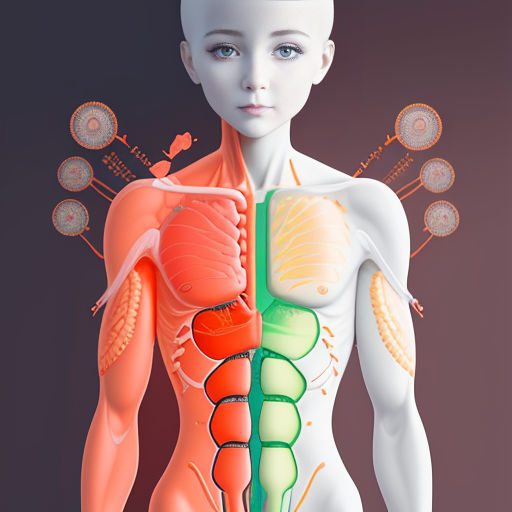
Hodgkin's disease, a specific type of lymphoma, has a high cure rate, especially if diagnosed early. Treatment often involves chemotherapy and radiation therapy.
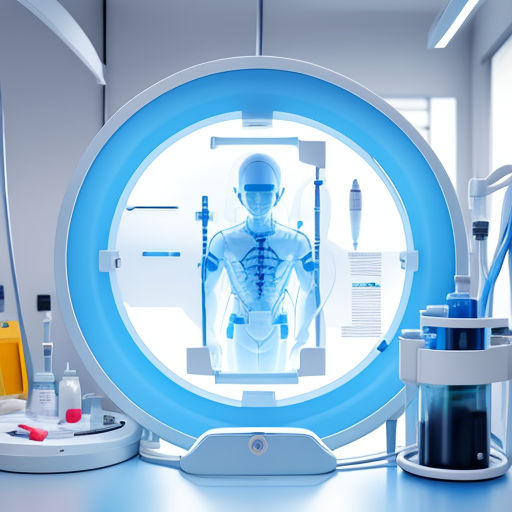
Prostate cancer, if detected early, can be effectively treated and often cured. Treatments include surgery, radiation therapy, chemotherapy and hormone therapy.

Gastric ulcers, once thought to be caused by stress and diet, are now known to be generally caused by bacteria. They can be cured with antibiotics and acid-suppressing drugs.

Cervical cancer, mainly caused by the human papillomavirus (HPV), is highly preventable and treatable if detected early. Treatments include surgery, radiation therapy and chemotherapy.

Testicular cancer, if diagnosed at an early stage, has a high cure rate. Treatment options consist of surgery, radiation therapy and chemotherapy.
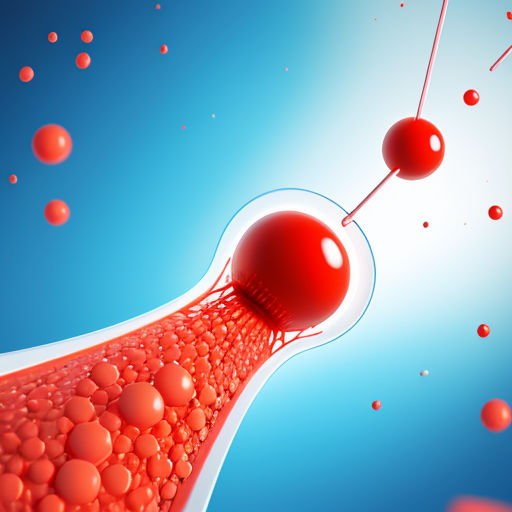
Acute lymphoblastic leukemia (ALL), a cancer primarily affecting children, can now be cured in 85% of cases thanks to improved chemotherapy regimens.
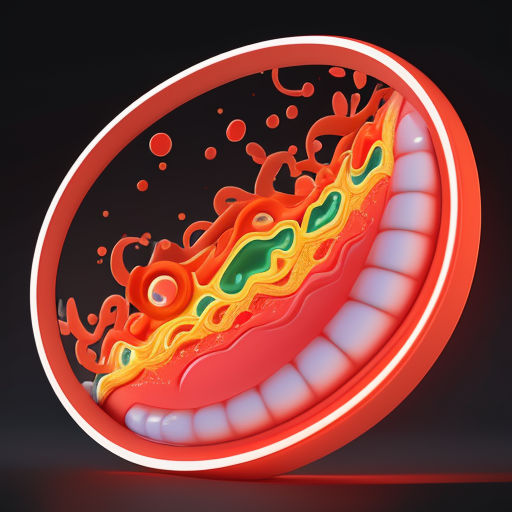
Syphilis, a sexually transmitted bacterial infection, can be completely cured with antibiotics, usually penicillin. However, it can cause serious damage if not treated early.

Pneumococcal disease, caused by bacteria, can lead to serious conditions like pneumonia and meningitis. It can be prevented with vaccines and treated with antibiotics.
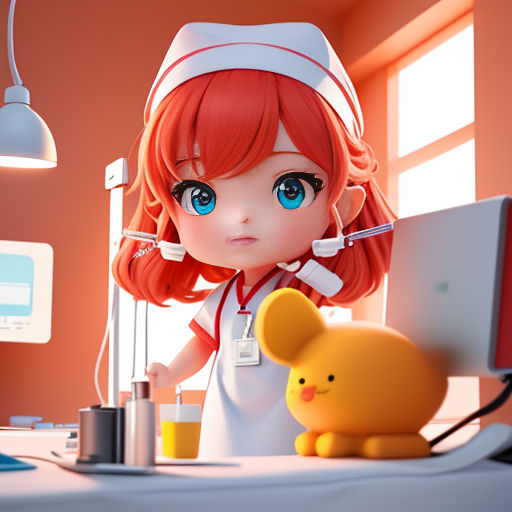
Appendicitis, an inflammation of the appendix, can be completely cured by surgical removal of the appendix. If left untreated, it can lead to a burst appendix and potentially fatal complications.
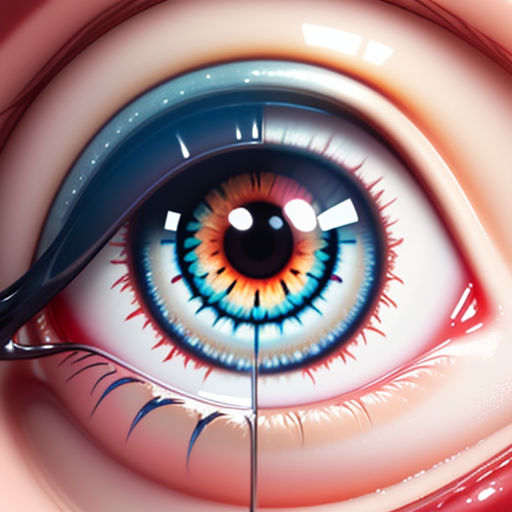
Cataracts, a common cause of vision loss, can be effectively cured with surgery. The clouded lens is replaced with an artificial one, restoring clear vision.

Chlamydia, a common sexually transmitted bacterial infection, can be cured with antibiotics. However, if left untreated, it can cause serious health problems.

Melanoma, the deadliest form of skin cancer, can be cured if detected early. Treatment usually involves surgery to remove the melanoma. Other treatments include immunotherapy, targeted therapy, chemotherapy, and radiation therapy.

Thyroid cancer, if diagnosed early, is highly treatable and often can be cured. The most common treatments are surgery and radioactive iodine therapy.

GERD (Gastroesophageal reflux disease), a chronic digestive disease, can be managed effectively with medications and lifestyle changes. Some severe cases may require surgery.

Gonorrhea, a sexually transmitted bacterial infection, can be cured with antibiotics. However, drug-resistant strains are increasing globally, making it harder to treat.

Multiple Sclerosis (MS), while not curable, can be managed effectively with medication, physiotherapy and lifestyle adjustments, leading to a normal or near-normal life expectancy.
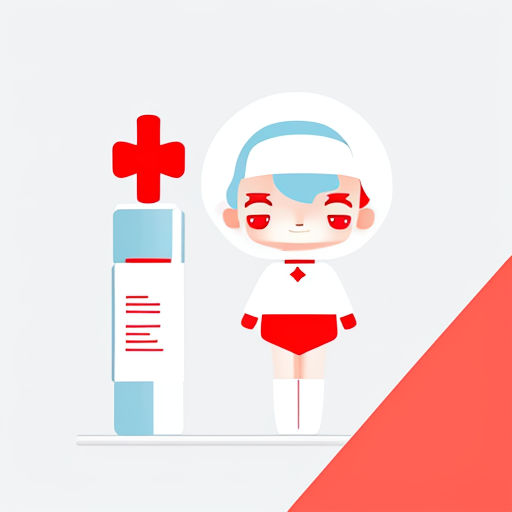
Hemophilia, a genetic disorder that prevents blood from clotting properly, cannot be cured. But with early diagnosis and appropriate treatment, a person with hemophilia can lead a full life.

Breast cancer can be effectively treated and often cured if detected early. Treatments include surgery, radiation, chemotherapy, hormone therapy and targeted therapy.
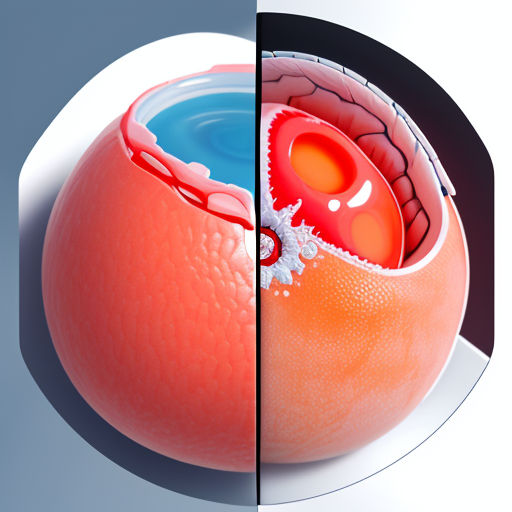
Basal cell carcinoma, a type of skin cancer, is curable in almost all cases though it can be recurring. Treatment involves surgical removal of the tumor.

Epilepsy, a neurological disorder that causes seizures, cannot be cured but can be controlled with medication, surgery, diet, or neurostimulation to allow individuals to lead normal lives.

Malaria, a mosquito-borne disease, can be cured with antimalarial drugs. Despite this, it remains a major global health issue due to issues with access to healthcare.
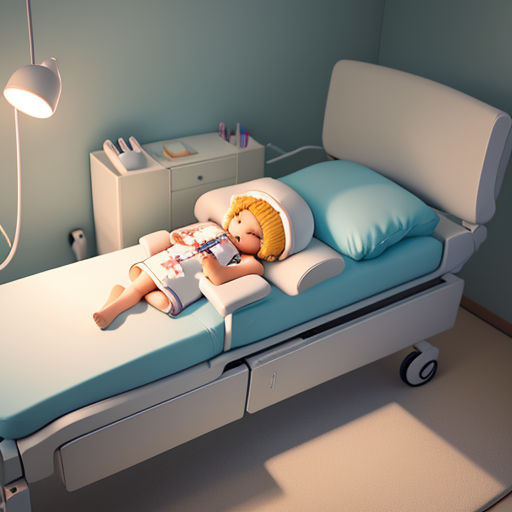
Colon cancer can be effectively treated and often cured if detected early. Treatments include surgery, radiation therapy, and chemotherapy.
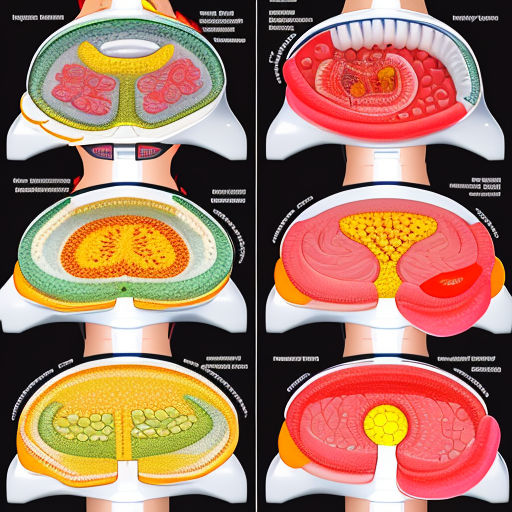
Peptic ulcers, often caused by bacteria or regular use of pain relievers, can be cured with proton pump inhibitors, H2 blockers, and antibiotics.
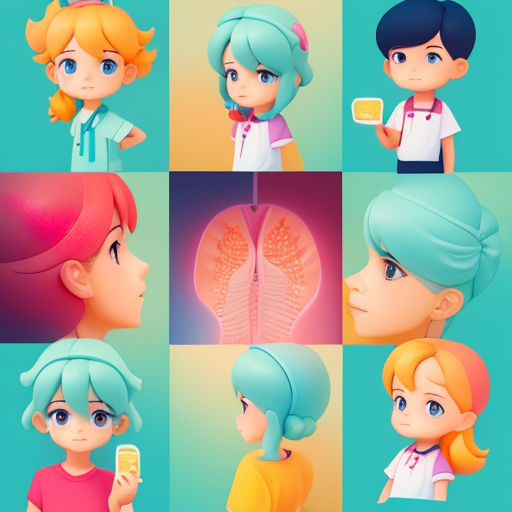
Cystic fibrosis, a genetic disease affecting the lungs and digestive system, isn't curable. However, with physiotherapy, medication, and dietary supplements, patients can live into their 40s and beyond.

Asthma, a chronic lung disorder, cannot be cured but can be controlled with medication and avoidance of triggers, enabling those affected to lead normal, active lifestyles.

Modern medicine has made extraordinary strides towards curing and managing various diseases. While we have yet to conquer all health challenges, the progress up to 2018 signifies hope for what lies ahead.
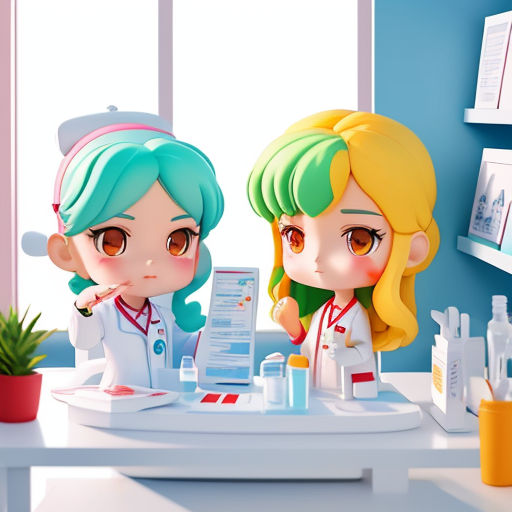
It's important to bear in mind that prevention is often better than cure. Maintaining a healthy lifestyle, getting vaccinated, early detection and prompt treatment are crucial in combating diseases.

It's equally important to remember that access to these cures is not universal. Health inequality is a significant issue that still needs to be addressed globally.

As we move forward, we strive for a world where every individual, regardless of their location or socio-economic status, has access to the medical treatments and cures they need.